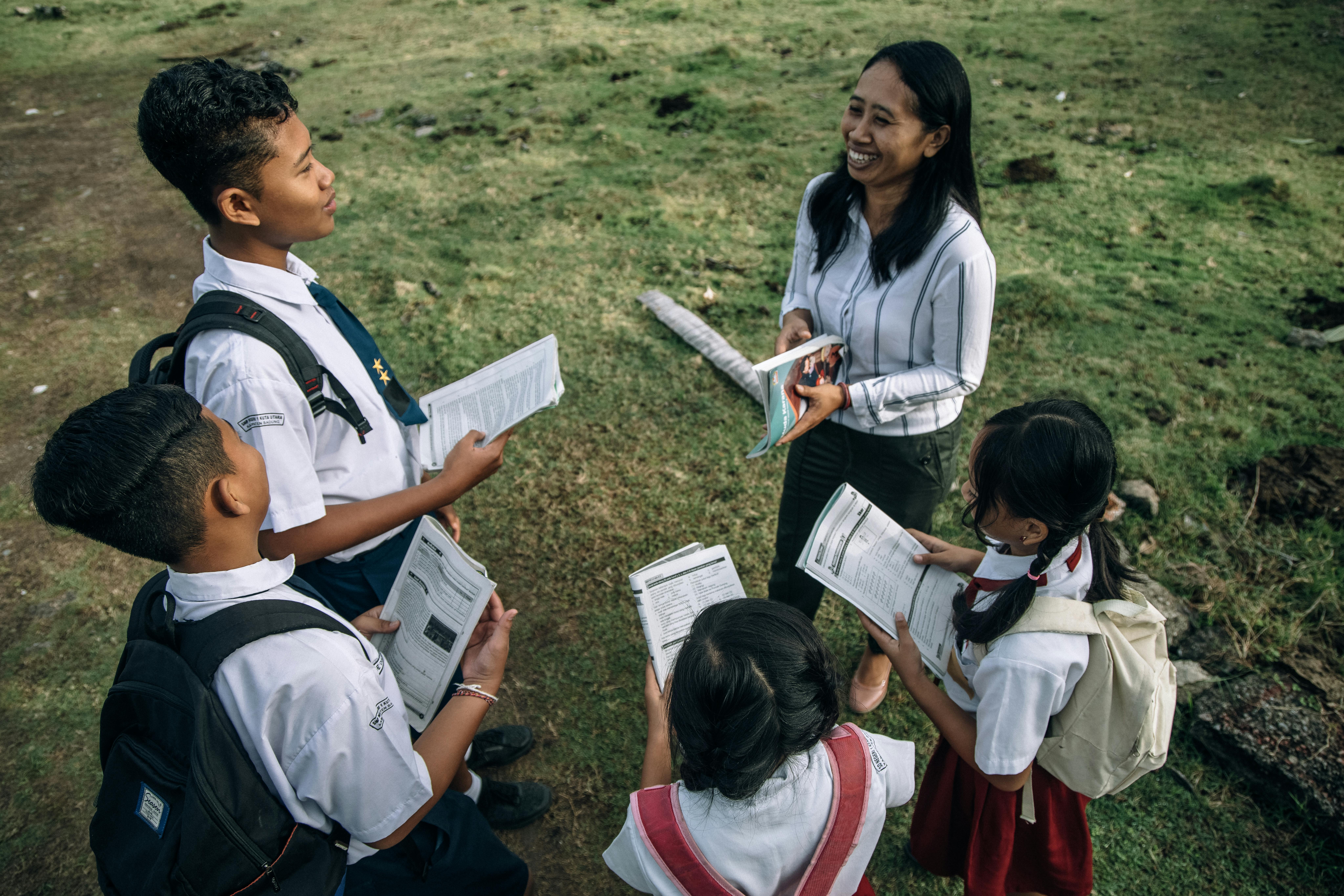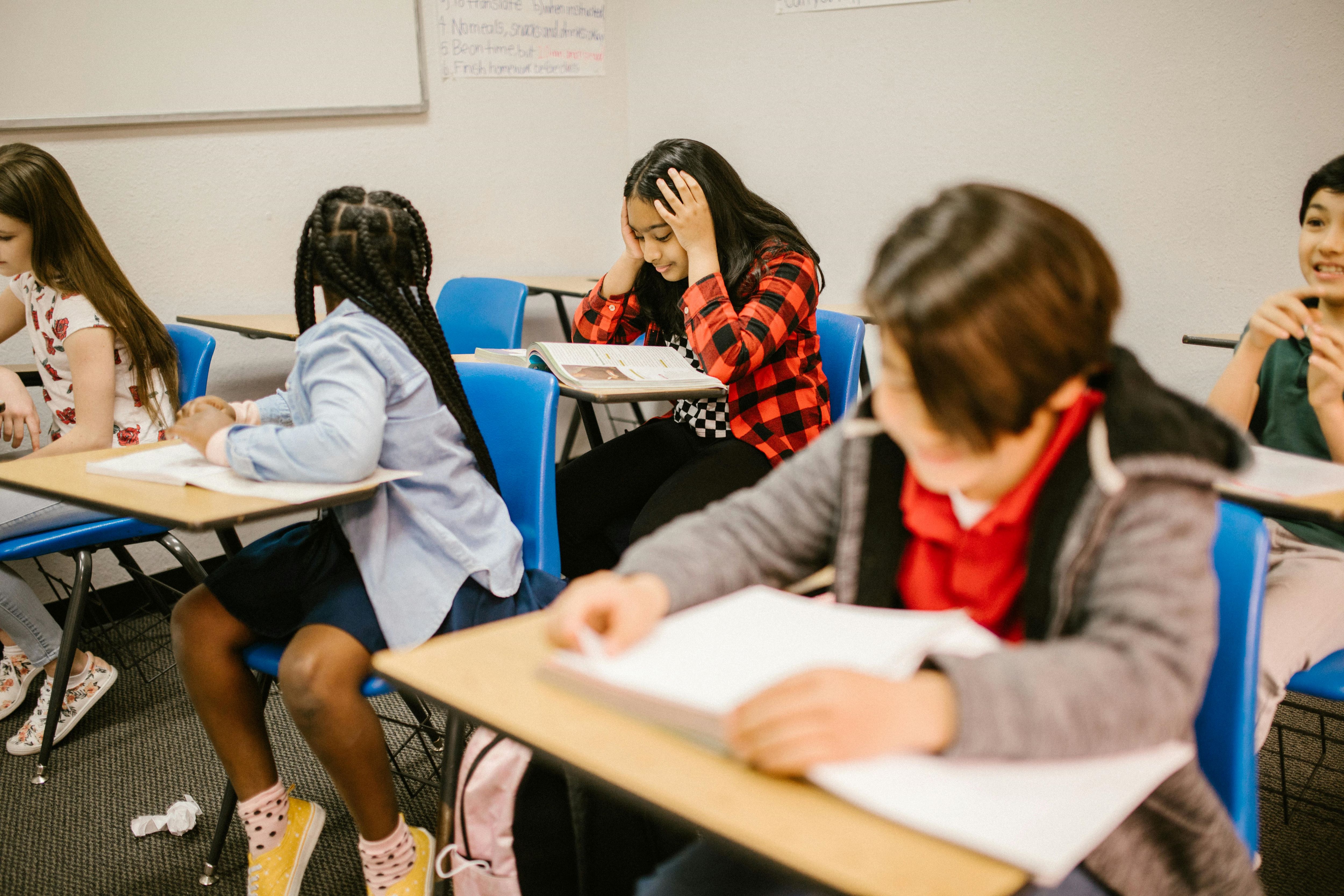Physical Address
304 North Cardinal St.
Dorchester Center, MA 02124
Physical Address
304 North Cardinal St.
Dorchester Center, MA 02124

MANILA, Philippines — The Department of Education (DepEd) will launch a new weekly initiative on Friday aimed at addressing the declining reading comprehension skills among students. The program, dubbed “Catch Up Fridays,” will require teachers to dedicate half of their day to various reading activities, including reading clubs and read-aloud sessions.
Despite these efforts, the success of the program hinges on the quality of reading instruction that teachers can deliver. Portia Padilla, a professor at the University of the Philippines (UP) College of Education, emphasizes that quality reading instruction is crucial, yet not all teachers are equipped to provide it. “As far as education and reading are concerned, we cannot give what we do not have,” Padilla stated. She pointed out that some teachers lack the essential competencies needed for effective reading instruction.

According to World Bank data from 2022, at least 90% of Filipino children aged 10 struggle with reading or understanding simple texts. Even before the COVID-19 pandemic exacerbated learning issues, learning poverty in the Philippines was already a significant problem, with pre-pandemic figures indicating that 70% of students faced reading challenges.
While DepEd’s acknowledgment of the reading problem is a positive step, Padilla warns that the effectiveness of “Catch Up Fridays” remains uncertain. The core issue, she argues, is whether teachers can genuinely improve students’ reading abilities.
Padilla, who specializes in reading and literacy education, highlights that some teachers lack the fundamental skills required to teach reading effectively. For instance, she notes that certain teachers mispronounce letters and teach incorrect sounds, which hampers students’ learning progress. Additionally, some teachers struggle with basic reading tasks, such as counting syllables, which further affects their ability to teach effectively.
Studies from international organizations reveal that many elementary public school teachers face significant challenges. For example, a 2017 assessment by Cardno Emerging Markets showed that over 200 teachers in the Bangsamoro region scored below 50% in reading comprehension despite receiving training. Similarly, an end-of-project review of a 2011 USAID education program found that only half of the 1,058 English teachers assessed achieved a minimum score of 50% in reading comprehension tests.
Padilla stresses the necessity of continuous teacher training, particularly for those who entered the profession with insufficient reading instruction skills. “If nine out of ten students cannot read, what will they do on Fridays? Are the teachers equipped enough and ready to provide remedial learning reading instruction?” she questioned.
The scope of the literacy crisis in the Philippines has led some education officials to propose that all teachers must become “reading teachers,” regardless of their primary subject area. However, Padilla argues that this is easier said than done. “Sadly at present, there are a good number of reading teachers whose reading skills themselves would have to be improved,” she said. Many teachers need enhanced content and pedagogical knowledge in reading to be effective.
Padilla emphasizes that transforming all teachers into effective reading instructors requires more than just brief workshops. It demands extensive training and ongoing support, which is a significant undertaking. “You have to train them. And that’s a gargantuan task,” she noted.
Padilla advocates for a robust approach to teacher training, going beyond one-off sessions to ensure that quality reading instruction is sustainable. This approach is essential for the success of DepEd’s National Reading Program, which aims to assist both non-readers and struggling readers.
In the face of the broader education crisis, lawmakers in 2023 also recognized the need to improve teacher education quality, given the consistently poor passing rates in the Licensure Exam for Teachers (LET). According to the Philippine Business for Education, less than half of the schools offering teacher education have above-average LET passing rates, and only 2% of these schools are considered “high-performing.”
Padilla concludes by highlighting the broader issues contributing to the literacy crisis, including overcrowded classrooms and limited reading materials. She emphasizes that addressing these challenges requires more than just policy changes. “There are so many problems connected to the reading and learning crisis… It takes a village to raise a reader,” she said. The concern for improving reading literacy in the Philippines must extend beyond mere rhetoric and require actionable steps to make a real difference.